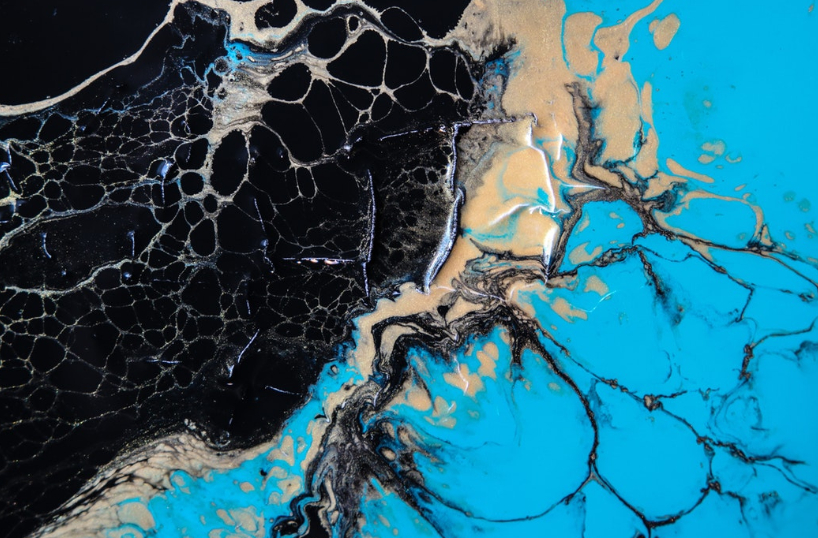Hydrodynamic painting – everything and beyond
Hydrodynamic painting is one of the most efficient, time and money saving method of industrial painting in existence. With large surfaces such as massive walls, ceilings, building elevations and bigger areas to cover, there is no way the industrial painting could be done by hand. Whichever industry should be discussed, there is no denying that the competition is fast paced and there is no way buildings could be shut down for renovations. Repainting and refreshing the space has to be quick and it has to be thorough. Hydrodynamic painting does it all and does it well. How does the method actually work, where is it used and what are the most significant advantages of hydrodynamic painting?
Hydrodynamic painting in theory
One might ask: why to use some fancy equipment if the painting process could be done by hand and manpower in a day, given appropriate taskforce. Well, that’s not necessarily true. Industrial buildings require the surfaces to be smooth, even and clean to ensure safe and sterile work environment. Saying that walls are not the only surfaces that need to be covered. There could be many steel elements that do not take paint easily and need to be painted with high pressure and appropriate paint. Here is where the hydrodynamic painting comes into play.
Hydrodynamic painting is a method in which a spray gun is used to apply paint to any given surface. Instead of using a brush or a paint roller, hydrodynamic painting makes use of a spray gun that generates high pressure that breaks the paint apart into small droplets and then shoots it out onto the painted surface. The droplets then adhere to the wall or any surface that is being painted evenly, giving a smooth finish to the area, even if it wasn’t properly painted before.
Hydrodynamic painting is of great use to any industry that requires quick and easy renovation technique which at the same time would be precise and thorough. Painting on such a large scale created demand for large portions of paint. Applying it with a paint roller would mean long drying time, as the paint would most certainly be applied unevenly and in thick layers. With hydrodynamic painting, there are no worries that would happen – the layers are usually thin, applied in such a way that the paint covers everything and doesn’t require multiple applications.
Advantages and characteristics of hydrodynamic painting
One of the major advantages of spray guns used in hydrodynamic painting is the even pressure that the gun generates to shoot the paint out of the gun. It allows the painters to cover the given area evenly and smoothly, without the need to use too much paint. This, in turn, allows the owners of the industrial area to save money on paint and save time, as hydrodynamic painting requires less in both areas. With proper preparation, hydrodynamic painting allows you to paint any surface and companies that specialize in the industrial hydrodynamic painting are ready to work on traditional walls as well as steel, wood or anything else.





